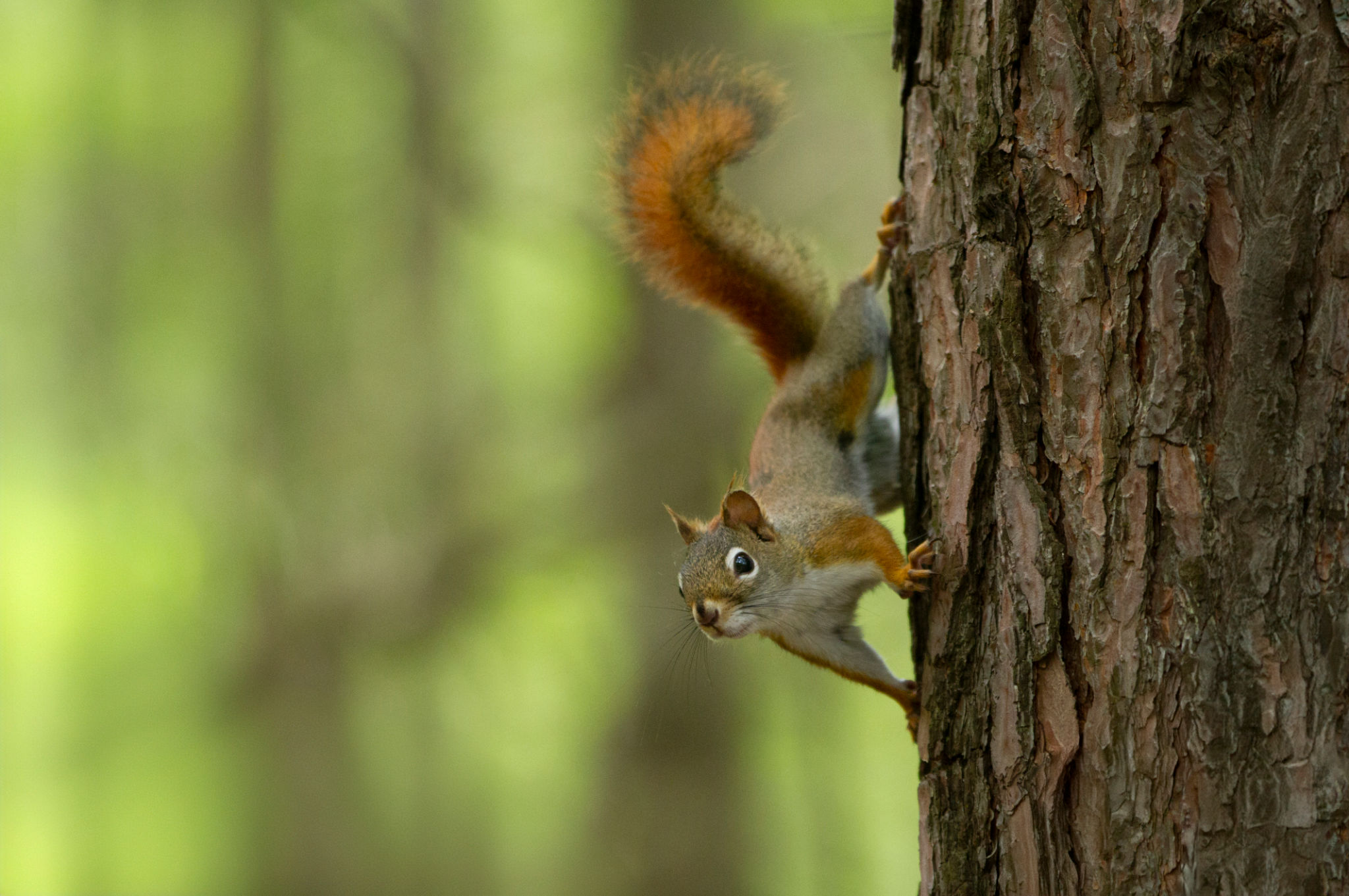Wildlife Awareness Courses: Enhancing Community Knowledge and Safety
Understanding the Importance of Wildlife Awareness
As urban areas expand and human activities encroach on natural habitats, interactions between humans and wildlife are becoming increasingly common. This has led to a pressing need for communities to become more informed about the wildlife that surrounds them. Wildlife awareness courses play a crucial role in educating the public, ensuring both human safety and the preservation of wildlife.

These courses are designed to provide comprehensive knowledge about local species, their behaviors, and habitats. By understanding these elements, communities are better equipped to handle unexpected encounters with wildlife. Such education not only helps in reducing fear and misconceptions but also fosters a spirit of coexistence.
Course Content and Structure
Wildlife awareness courses typically cover a broad range of topics. Participants can expect to learn about different species native to their area, including identification techniques, habitat preferences, and feeding habits. Additionally, these courses often discuss the ecological roles of various animals, emphasizing their importance in maintaining balanced ecosystems.
Instructors may also focus on practical skills, such as how to safely observe wildlife and what actions to take if an encounter occurs. By the end of the course, participants should have a well-rounded understanding that empowers them to make informed decisions in wildlife-related situations.

Safety Measures and Precautions
A significant aspect of wildlife awareness courses is teaching safety measures. Participants learn how to avoid attracting wildlife to residential areas, such as securing trash bins and avoiding leaving pet food outside. Courses might also cover what to do if they encounter potentially dangerous animals like bears or snakes.
Moreover, these courses often include first-aid training specific to wildlife encounters. This ensures that individuals can respond appropriately in case of an emergency, thereby minimizing risks for both humans and animals involved.
Benefits for the Community
Educated communities are safer communities. By increasing wildlife awareness, residents can contribute to reducing human-wildlife conflicts. This knowledge helps in creating safe environments where both people and animals can thrive without unnecessary conflicts or fear.

Furthermore, these courses promote environmental stewardship. Participants often become advocates for conservation efforts, spreading awareness and encouraging others to respect and protect local wildlife. This ripple effect can lead to more sustainable communities that actively contribute to biodiversity preservation.
How to Get Involved
Many organizations offer wildlife awareness courses both online and in-person. Local wildlife centers, conservation groups, and even some government agencies provide these educational opportunities. Interested individuals can check with their local community centers or environmental organizations for upcoming courses.
Engaging in a wildlife awareness course is a proactive step towards improving community safety and fostering a deeper connection with nature. By investing time in understanding our natural neighbors, we not only protect ourselves but also contribute to the greater good of our environment.